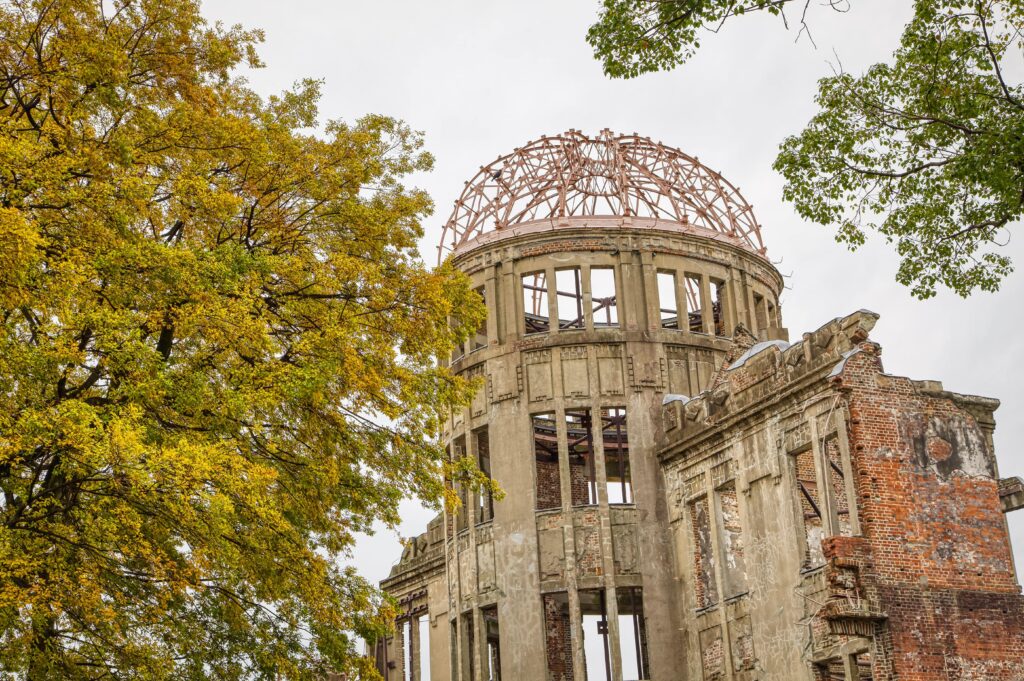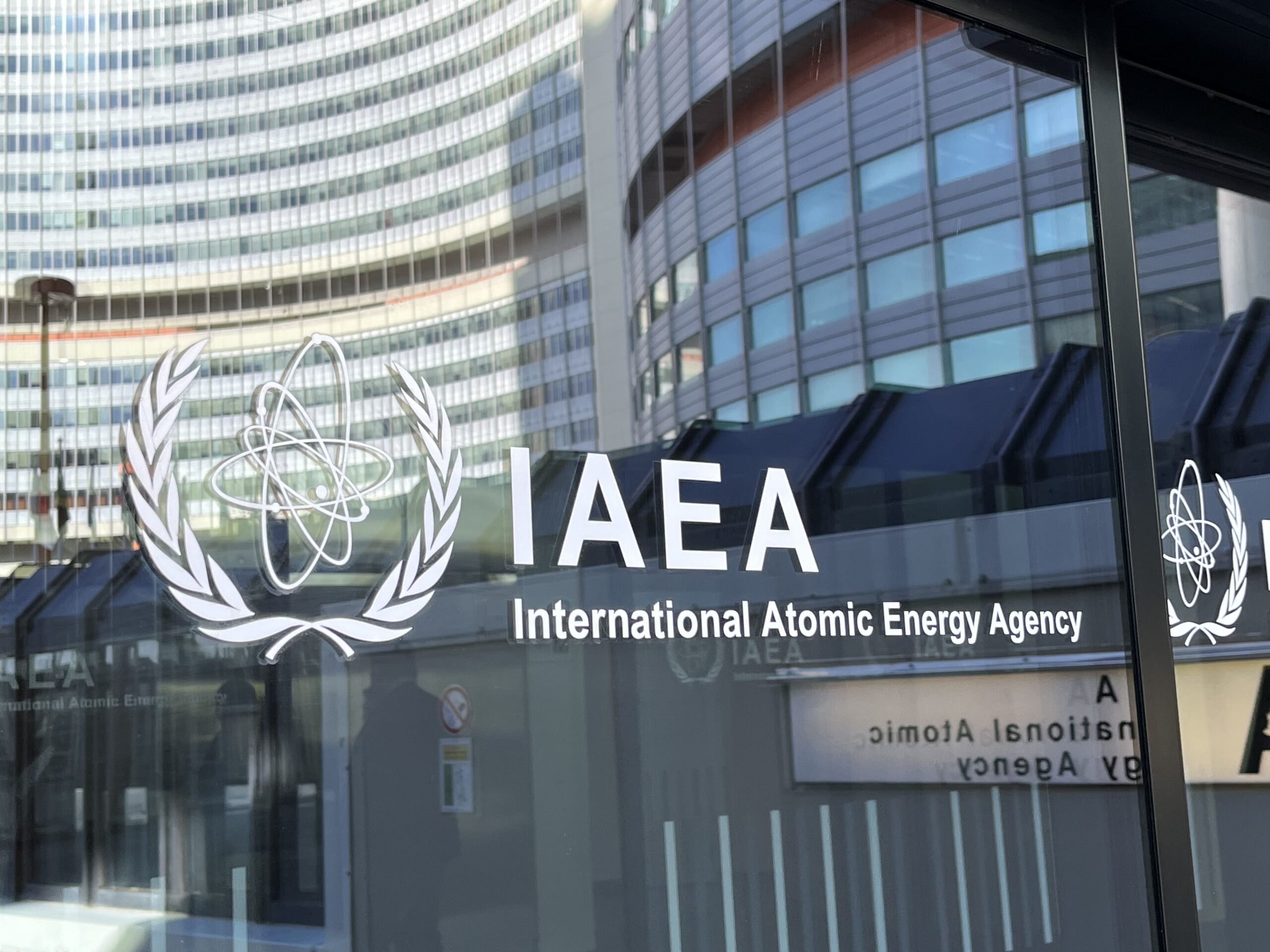Hello, everyone. My name is Daichi, an expert providing the information about the radiation issues in an easy-to-understand manner.
In this and a couple of following articles, the IAEA (International Atomic Energy Agency), which plays a central role for peaceful use of nuclear power in the world, will be elaborated.
First of all, the history of the IAEA toward its establishment, which you might not be familiar with, will be covered.
That is, this article responds to the following question:
– Why was the IAEA established?
Table of contents of this article
- (Let’s start from its history for the establishment) What is the IAEA? (Vol. 1)
- Development of atomic bomb
- Drop of atomic bombs
- To the era of the Cold War
- The speech: Atoms for Peace
- Establishment of the IAEA
- Summary
I have been involved with the radiation-relevant issues, like the policy on the decontamination activities and the management of the Interim Storage Facility, after the accident of the Fukushima Daiichi Nuclear Power Plant in 2011.
I received a doctorate in the field of radiation, while working in Fukushima.
(Let’s start from its history for the establishment) What is the IAEA? (Vol. 1)
So, let’s begin with the history of the IAEA’s establishment, by looking back from the period of time shortly before the World War II.
Development of atomic bomb

In Autumn in 1939, the World War II broke out, and the US started the development of atomic bomb at full-scale in 1942, under the so-called Manhattan Project, because it felt a sence of crisis, by getting information, that Germany had started the development of the atomic bomb (later it had become apparent, that it ended up in failure).
J. Robert Oppenheimer(the first director of the Los Alamos National Laboratory) took an initiative of the Manhattan Project as a leader of its scientific department, and as a result of full mobilization of military, scientists and industries, in December 1942, the US succeeded in developing the first nuclear reactor in the world, by reaching the nuclear reactor: Chicago Pile-1 criticality, which was designed by Enrico Fermi.
In 1943, construction of a nuclear reactor started in the Hanford Site started, by enlarging the Chicago Pile-1 to produce prutonium, and the development of atomic bombs proceeded, although there are some failures and policy changes.
Drop of atomic bombs

In May 1945, Nazi German surrendered, and the World War II in Europe ended.
On July 16, 1945, the first nuclear test in human history, Trinity, was conducted at the White Sands Bombing Range in the Alamogordo Desert in New Mexico, USA.
A couple of weeks later, on August 6 and 9, an atomic bomb was dropped in Hiroshima and Nagasaki, respectively, that ended up into a lot of death of people.
To the era of the Cold War

After the World War II, the world went into the era of the Cold War, and the conflict structure diving the world into two became clearer: between the Western Bloc including the US, and the Eastern Bloc including the Soviet Union.
After World War II, the US continued to promote the nuclear development ahead of the Soviet Union, and for example, it carried out nuclear weapons tests in the Pacific Ocean in 1946 and 1948.
After that, the development or nuclear weapons progressed around the world: for example, the US carried out a first test of hydrogen bomb in the human history in Marshal islands in 1952, and the Soviet Union did another nuclear test of hydrogen bomb to follow it.
Many of you might know, that the Daigo Fukuryu Maru was suffered from a hydrogen bomb test, conducted by US in Bikini Atoll in the same Marshal islands in 1954.
At the same time, interest in commercial use of nuclear power raised in countries all over the world, in terms of increase of energy demand, as well as diversification of energy sources.
As a response to the concern for proliferation of nuclear weapons arising in these changes of social situation, opinions had grown that the nuclear power should be managed internationally.
The speech: Atoms for Peace

In the meantime, in December 1953, the President Eisenhower of the United States delivered a speech: ‘Atoms for Peace’ in the UN General Assembly, and momentum grew, toward the establishment of the IAEA.
This ‘Atoms for Peace’ had been used for a long time as a so-called motto of the IAEA.
After that, the word ‘Development’ was added, and ‘Atoms for Peace and Development’ is the present motto of the IAEA.
The whole speech of the ‘Atoms for Peace’ can be obtained in this web site of the IAEA, therefore, please take a look at it, if you are interested in.
Establishment of the IAEA
In 1954, discussion about the draft IAEA Statue began in the UN.
In 1956, the draft was endorsed, and on July 29, 1957, the draft was taken into effect, by getting the necessary number of ratifications, and finally the IAEA was established.
By the way, Japan has been one of member states, as well as one of board members (13 countries appointed in the Board of Governors in June every year (countries advanced in nuclear power including Japan), and 22 countries selected in the General Conference: in total 35 countries) since the establishment of the IAEA, and has a great deal contributed to the activities of the IAEA.
You can see the latest board members in this website of the IAEA.
Summary
This time mainly the history of the IAEA was mainly covered, from the start of the Manhattan Project in 1942, to its establishment in 1957.
By the way, above-mentioned contents are summarized in the following videos.
It would be appreciated to visit them at your convenience.
– Japanese version
– English version
You can read the same article in Japanese here.
Thank you very much for reading this article.
See you next time!



コメント